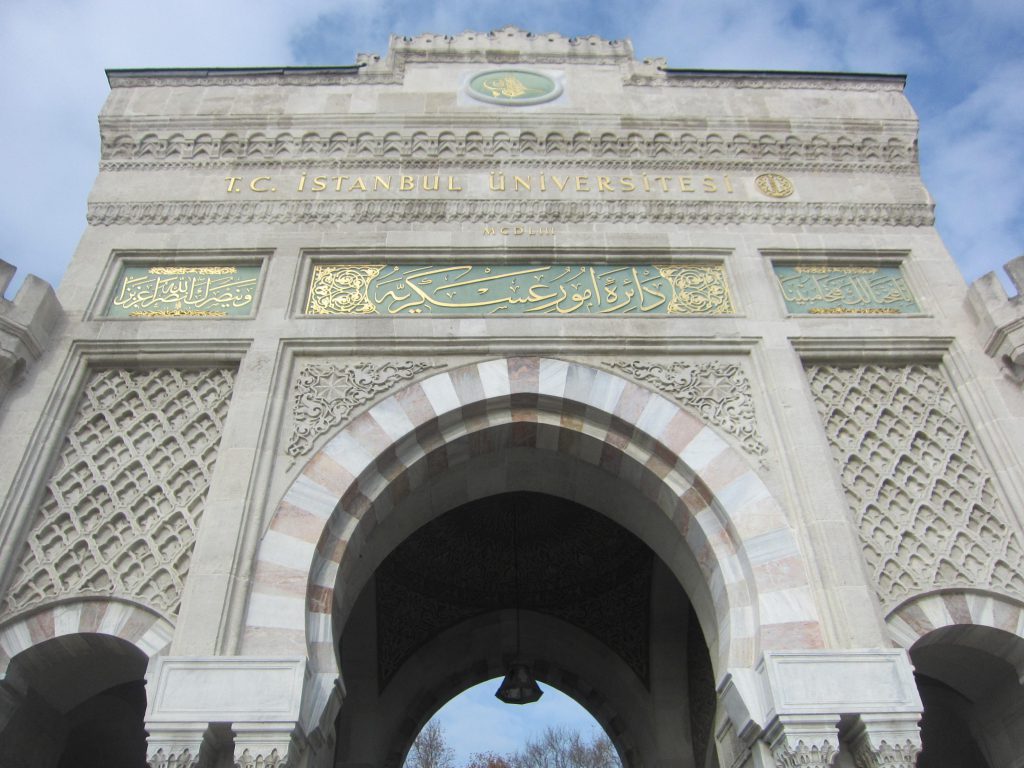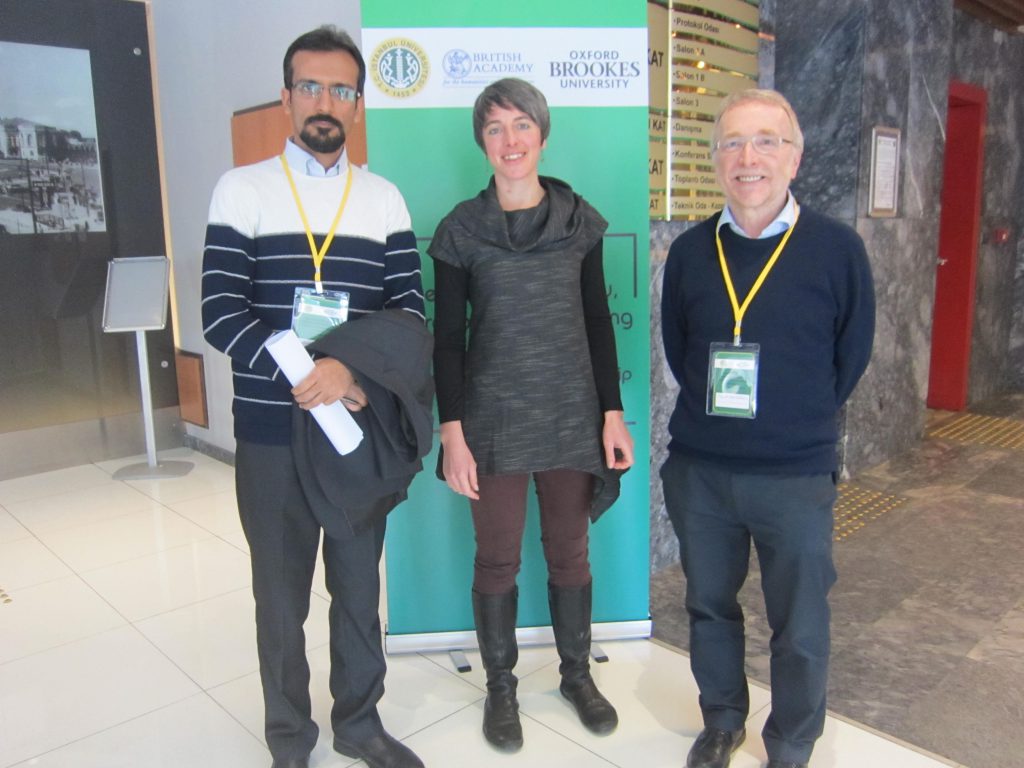International Migration, Remittance and Development of Health Infrastructure in Iran’s Larestan Region
Majid Hojjati, Maryam Fozuni
Study aims
Migration of men from south of Iran, specially Larestan region, to the Arab countries of the Persian Gulf for work and economic activities has had considerable positive effects on the welfare and development of this region of Iran. One of the areas where emigrants have had high participation is the provision of health infrastructure for healthcare and in this study; we investigate the contributions of international emigrants in this area using statistics and figures. This study has tried to gather and identify these projects by construction (or reconstruction) date, emigrant contribution (in percent), and their locations (district, city, or village).
Approach
The most important requirement of this study is the information to be gathered through secondary data available in the relevant organizations as well as discussions with experts and trustees in the field. It can be said that we have used the Mix Method in our work. We needed to utilize existing statistics andsecondary data (quantitative method) as well as indepth and structured interviews with our personal observations of Larestan health facilities (qualitative method).
Key arguments
Although this men’s migration causes problems for their family lives in the birthplace, Larestan pattern indicates that the flow of remittance by emigrants leads to numerous positive developments. Like otherlabor migrants from other parts of the world, Larestan emigrants are reluctant to participate in the economic activities in their hometown, preferring mainly to build public places or donate equipment tothese places.
Findings
The research shows that 220 healthcare projects have been done in Larestan over the last century, with58% of the expense paid by emigrants. Additionally migrants contributed to 66% of the projects. The interesting fact is that so far 100 non-hospital projects have been completed with 100% participation by emigrants. Also 75% of Larestan hospital projects have been financed by emigrants.
Implications
Emigrants’ tendency to do the whole project has been declining decade by decade and their desire to collaborate in lower-cost partnerships is on the rise. This issue becomes even more complicated if it is considered alongside the devaluation of the Iranian currency which increases the income of emigrants dramatically and increases their ability to do more and greater projects.
It was found that the proportion of emigrants’ participation and spending in projects in Sunni-inhabited districts are in the first rank. It seems that the presence of the Sunni minority has increased positive prejudice and the tendency to develop their hometowns. In addition, greater cultural affinity with Sunni Arab countries has led to more migration from these areas, and this in itself has led to increased wealth in those areas compared to Shiite areas. Also, the development measures taken by emigrants have reduced the development gap between the villages and cities.
Keyworkds: International Migration, Remittance, Development, Health Infrastructures, Iran’s Larestan Region
Aknowlegment: We should appreciate Iran Health Charity and Larestan University of Medical Sciences which support us financially.

